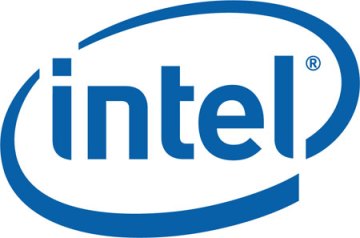 At this week’s Intel Developer Forum, Intel formally unveiled “Sodaville,” a new 45nm system-on-a-chip based on the comapny’s Atom processor that’s designed specifically to bring interactive, Internet-based services and content to televisions, set-top boxes, and peripherals like DVD players and DVRs. The chipset supports both Internet and broadcast applications, and has enough processing horsepower to handle both video and audio processing and 3D graphics in real time.
At this week’s Intel Developer Forum, Intel formally unveiled “Sodaville,” a new 45nm system-on-a-chip based on the comapny’s Atom processor that’s designed specifically to bring interactive, Internet-based services and content to televisions, set-top boxes, and peripherals like DVD players and DVRs. The chipset supports both Internet and broadcast applications, and has enough processing horsepower to handle both video and audio processing and 3D graphics in real time.
“Traditional broadcast networks are quickly shifting from a linear model to a multi-stream, Internet-optimized model to offer consumers digital entertainment that complements the TV such as social networking, 3-D gaming, and streaming video,” said Intel Digital Home senior VP and general manager Eric Kim, in a statement. “At the center of the TV evolution is the CE4100 media processor, a new architecture that meets the critical requirements for connected CE devices.”
The CE4100 will be available at speeds of up to 1.2 GHz, and will feature hardware-based decoding capabilities that can handle two 1080p video streams simultaneously, along with high-definition audio and 3D graphics. The system supports hardware-based decoding for MEG4, and integrated NAND flash controller, support for DDR2 and DDR3 memory, support for SATA-300 and USB 2.0, and 512K of L2 cache. The chip will support Flash Player 10, along with standards like OpenFGL ES 2.0 for developing media-intensive 3D applications; Adobe expects Flash 10 to be available for Sodaville devices in mid-2010.
Intel sees the Sodavilla platform as a way for developers to add more interactivity and content to Internet-connected devices, as well as a way to make those devices more interoperable and in-tune with a user’s activity. In an example, Intel CTO Justin Rattner’s keynote demonstrated pausing a television program on one TV, then resuming playback on a separate TV. Rattner also demonstrated hypothetical interactive programming selection and advertisements tailored to users interests, which the television understood by polling for location and activity data from an Intel-based mobile internet device used by the owner. Such technologies, obviously, have substantial privacy and security implications, but no doubt make advertisers’ hearts palpitate.
Editors' Recommendations
- Some Intel CPUs lost 9% of their performance almost overnight
- We might have an answer to Intel’s crashing crisis
- I tested Intel’s XeSS against AMD FSR — and the results speak for themselves
- Intel Battlemage graphics cards: release date speculation, price, specs, and more
- Intel may fire the first shots in the next-gen GPU war


